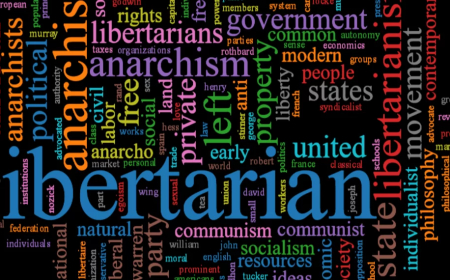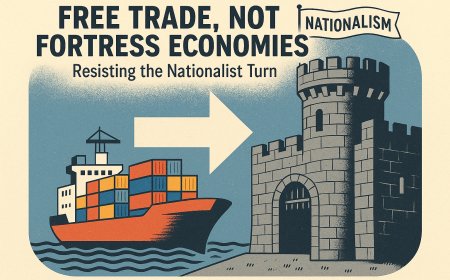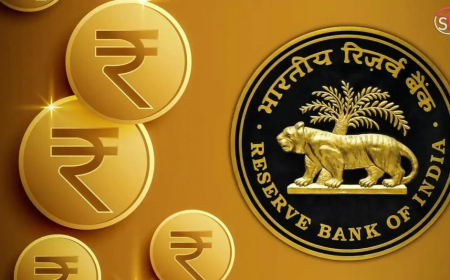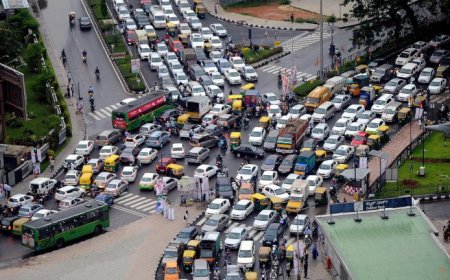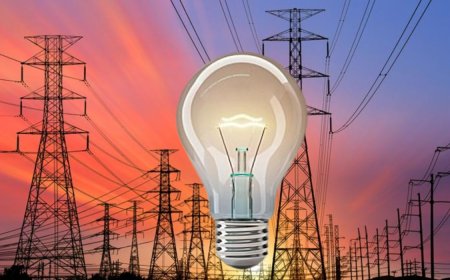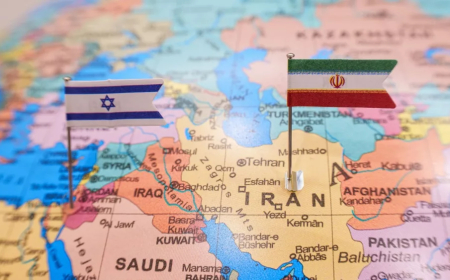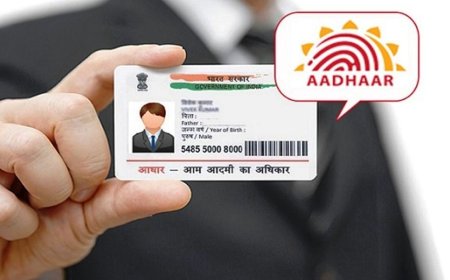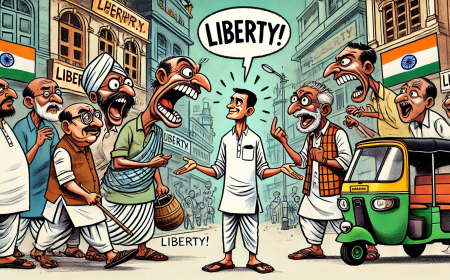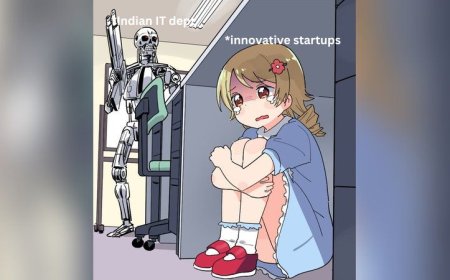The Hidden Cost of Big Government: Who Really Pays?
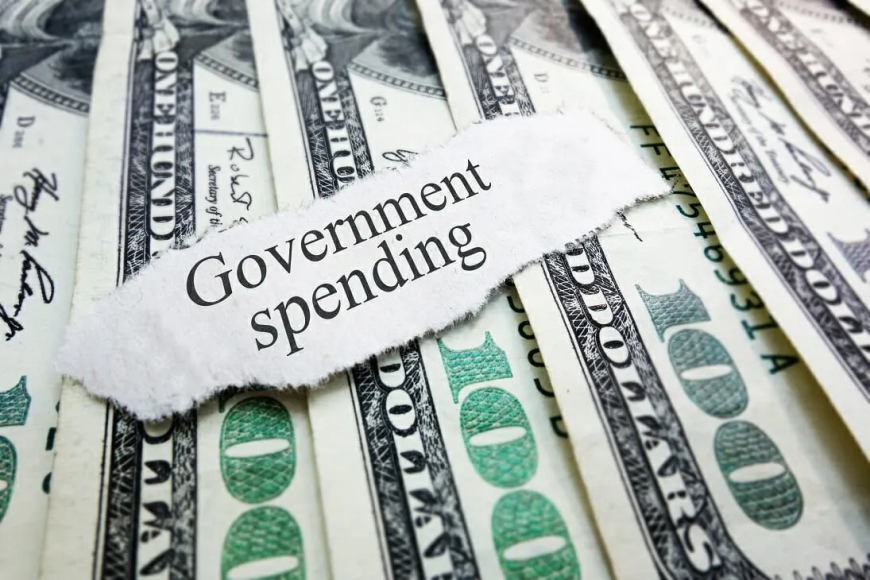
In India, the rise of government-led interventions, regulations, and public spending has created a system where taxpayers unknowingly bear the weight of a bloated bureaucracy. While government agencies promise to address critical issues like poverty, infrastructure, and healthcare, their inefficiency and growing overhead costs often do more harm than good. The real cost is hidden in taxes, red tape, and stifled innovation, leaving citizens at the mercy of a state that is far too large to function efficiently.
Let’s explore how these hidden costs of big government affect us all.
1. High Taxes and Their Hidden Burden

One of the most apparent consequences of big government is the significant tax burden placed on Indian citizens. With a growing government and expanding welfare programs, taxes have become more pervasive. Income taxes, Goods and Services Tax (GST), property taxes, and other levies have risen over the years to fund government operations, but the benefit for the common citizen is often hard to see.
According to government reports, the Indian tax-to-GDP ratio has been steadily increasing over the last decade. While this might seem like a step towards more efficient governance, the reality is that much of this revenue is channeled into inefficient government programs. Public sector enterprises, subsidized schemes, and bureaucratic inefficiencies consume a large portion of the budget, leaving fewer resources for actual welfare services like education and healthcare.
Libertarian Perspective:
In a libertarian framework, taxes should be minimized to allow individuals to retain their hard-earned money. With lower taxes, individuals can allocate their resources according to their own preferences, driving innovation and growth. A streamlined government that focuses only on essential services, such as national defense and law enforcement, would be far more efficient in terms of cost and service delivery.
2. Inefficiency and Red Tape

The larger the government, the more complex the system becomes. Bureaucracy, red tape, and inefficiency are common traits in any government-run program. In India, numerous initiatives aimed at improving infrastructure or providing social welfare often experience significant delays. Take, for example, the implementation of key infrastructure projects like highways or urban development. What should take months often stretches into years, with corruption, mismanagement, and complex approvals slowing progress.
Government subsidies for farmers and the poor, while well-intentioned, often fail to reach their intended recipients due to inefficient distribution mechanisms and middlemen taking a cut. The intricate web of permits and licenses required to start and run a business only adds to the frustration for entrepreneurs.
Real-Life Example:
A prime example of inefficiency is the case of the Pradhan Mantri Awas Yojana, a flagship affordable housing scheme. While the government promised millions of houses for the underprivileged, delays in project approvals, corruption, and misallocation of resources led to the failure of many initiatives. This inefficiency not only delayed the benefits for the poor but also escalated costs, ultimately leading to more money being spent without commensurate results.
Libertarian Perspective:
A smaller government can streamline processes and eliminate unnecessary bureaucracy. By reducing government interference in day-to-day life, individuals are free to make their own choices, and businesses can flourish without being bogged down by government mandates. A free-market approach ensures that resources are allocated efficiently, innovation is rewarded, and the growth of the economy is not stifled by unnecessary regulations.
3. Stifling Innovation and Entrepreneurship
One of the most significant drawbacks of big government is the stifling of entrepreneurship. Government intervention in the form of excessive regulations, licensing requirements, and subsidies often creates barriers for entrepreneurs. In India, small businesses and startups are weighed down by the need to comply with numerous regulations—ranging from labor laws to environmental rules—that slow down innovation.
Startups and small businesses are often forced to spend more time navigating complex regulations than focusing on creating valuable products and services. In fact, many entrepreneurs often choose to bypass regulations by operating in the informal economy, further reducing government tax revenues and hindering economic growth.
Real-Life Example:
Look at the food delivery industry in India. While platforms like Zomato and Swiggy revolutionized the way we order food, their expansion has been stunted by government intervention. Regulations on delivery times, food safety certifications, and employee welfare have made scaling operations a costly and time-consuming task. Many smaller players in the food tech space struggle to stay afloat, unable to compete with the regulatory burden and large players with more resources.
Libertarian Perspective:
A more hands-off approach from the government would encourage competition and innovation. By allowing businesses to operate freely without heavy-handed regulations, the market would drive efficiency and lower costs. Innovation, rather than government mandates, would lead to the creation of better products and services for consumers.
4. A Libertarian Solution: Downsizing Government
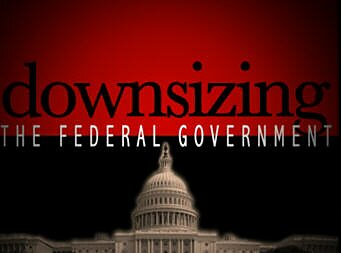
The solution to the hidden costs of big government lies in downsizing its role and focusing on core functions that protect the rights and freedoms of individuals. By reducing the scope of government intervention, we can foster a more dynamic economy and empower individuals to make decisions for themselves. Here’s how:
- Lower Taxes: By cutting unnecessary government expenditures, taxes can be reduced, giving people more control over their money.
- Streamlined Processes: Simplifying regulations and reducing red tape would make it easier to start and grow businesses, encouraging entrepreneurship.
- Focus on Essential Services: Government should focus on core areas like national defense, law enforcement, and justice, leaving other sectors to the private sector.
A smaller, more efficient government would reduce the burden on taxpayers while providing better services to the people.
Conclusion: Who Pays for Big Government?
Ultimately, the answer is simple: the common citizen pays. From higher taxes to inefficiency and lost opportunities, big government comes at a steep cost. In a world where innovation drives progress, a bloated bureaucracy only holds us back. By downsizing the government and embracing libertarian principles, India can unlock its full potential—creating a system that empowers individuals and fosters economic growth for all.
Let’s work towards a future where the government serves the people, not the other way around. ????????
What's Your Reaction?











